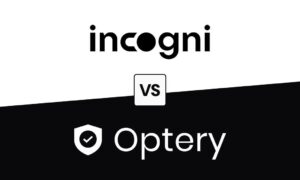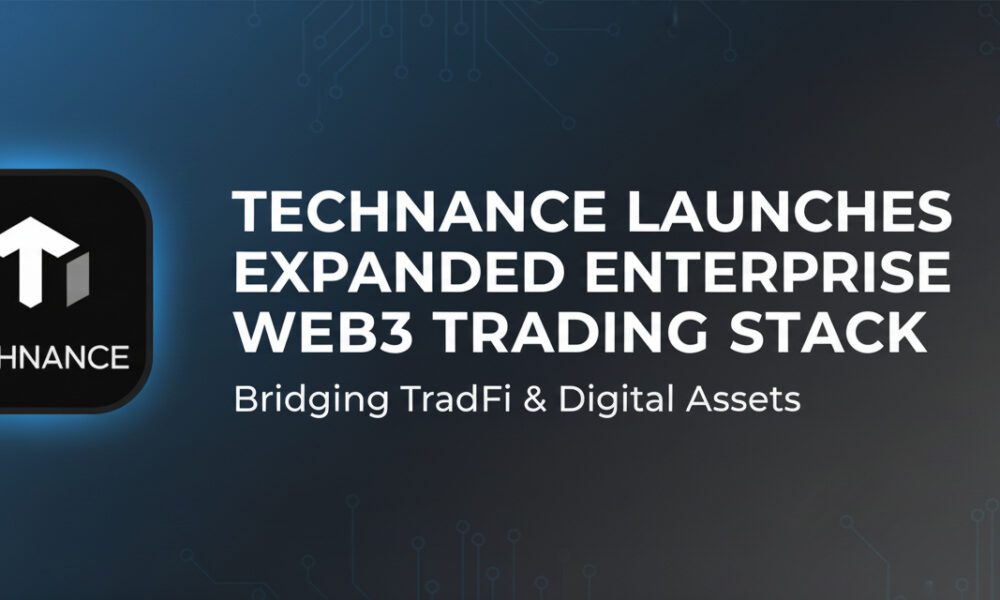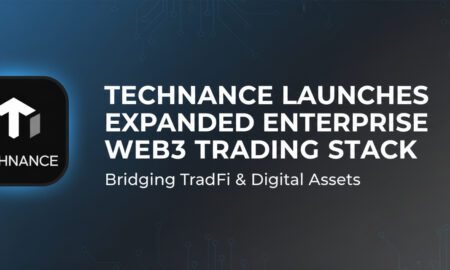Cumulus Encrypted Storage System (CESS) is a large-scale, multi-phase decentralized cloud storage network. By creating a fast, performant, and decentralized cloud storage platform, together with a decentralized cloud data network infrastructure and a highly efficient data-sharing platform, CESS will ultimately become a strong driving force of Web 3.0 adoption and a key component of Web 3.0 infrastructure.
A Brief History of Decentralized Data Storage Systems
The earliest decentralized data storage platforms came out in 2014. These 1st-gen systems were designed to facilitate decentralized storage using cryptocurrency as a means of circulation. In these systems, however, crypto tokens were centrally issued and were not related to storage specs; they were only used as a means of payment. Therefore, they could guarantee neither earnings for miners nor high-quality services for users.
2nd-gen systems improved upon these shortcomings by using algorithmic optimization of service quality. Providing the right balance of rewards and incentives has long been the primary obstacle to decentralized storage protocols. Using advanced algorithms, 2nd-gen platforms were able to verify the availability of storage space as well as the validity of the data stored therein.
With the explosion of data created by decentralized services, an increasingly digital world, the growth of IoT and data streaming, and high-bandwidth applications that are both data- and feature-rich, the demand for storage continues to grow exponentially. With the arrival of blockchain and the user-owned-and-controlled Web 3.0, the demand for decentralized storage solutions has also grown.
Several successful solutions have been developed since the latest 2nd-gen solutions came about, but many of these leading platforms sacrifice processing bandwidth for streamlined redundancy backups.
As things stand now, all best-in-class decentralized storage solutions either suffer from a lack of processing throughput, misaligned miner incentives, unreliable service quality, centralization, complex consensus mechanisms, or a combination of these.
Introducing CESS
This is where CESS comes in. One of the biggest drawbacks of earlier decentralized systems was the lumping together of different structures and functions with a static incentive mechanism. This led to a misalignment and earnings potential between miners, storage providers, and consumers, eventually leading to the breakdown of the model even when first-mover advantages were incorporated into the overall strategy.
CESS, in contrast, uses a multi-layer network architecture that separates storage, scheduling, consensus, and the application layer. The primary layers in the CESS network are:
- A high-performance blockchain layer that comprises smart contract functionality, proof of storage, incentive mechanisms, a blockchain explorer, the consensus algorithm, the transaction system, encryption, and P2P protocols.
- A distributed storage resource layer that is comprised of storage miners and handles computations pertaining to scheduling and capacity.
- A distributed content delivery layer that manages and speeds up content retrieval and data return.
- An application layer that supports advanced Web3 applications, de-neutral streaming, de-neutral social apps etc by offering intuitive APIs for integrating into the CESS network.
Each layer is further broken down into sub-layers and has its unique incentives mechanism based on the functions it performs. This approach optimizes the performance of the overall network. For example, the blockchain layer includes the infrastructure layer, a data layer, a network layer, a consensus layer, an incentive layer, and a supportive application layer. These layers cover the system’s needs for hardware, data storage, data processing algorithms, node connection, data transfer, load balancing, the Random Rotational Selection consensus mechanism, fair income distribution via smart contracts, and dApp support. A similar breakdown of system-specific layers and capabilities is built into each relevant layer.
This design significantly increases the network’s efficiency and stability while simultaneously overcoming slow network issues faced by projects such as Arweave and the scalability issues faced by industry heavyweights such as Filecoin which failed to prevent conflicts of interest for miners who were not only mining blocks but providing services as well, much like having athletes officiate the game they are playing in.
CESS takes these concepts a step further by separating its block generation and storage functions and using an algorithm to allocate partial block rewards to miners. This approach allows consensus miners to approve transaction confirmations and orders to achieve fairness within the overall network.
How it Works
The CESS network operates on the following key components.
CESS builds a blockchain-based decentralized cloud storage system to provide secure, flexible and efficient storage services that ensure data availability and integrity in the global market.
- A fair and effective incentive model that will attract more resources to join and build the CESS network infrastructure.
- A mathematically verifiable consensus mechanism that guarantees system reliability and protects the network from malicious attacks.
- Smart space management is enabled by cloud technology to “pool” storage space from all nodes globally to form a “decentralized cloud storage pool” for the effective use of storage space. The scheduling service distributes users’ data to nodes and cloud space management coordinates the resources and network loads.
- Data rights confirmation: ensures the authenticity and immutability of the data by extracting and storing the metadata on-chain to provide data validation support for NFT, metaverse, etc.
- Fast data distribution and retrieval via data processing using indexing and the CESS caching mechanism, ensuring rapid data transmission with retrieval time within seconds or even milliseconds.
Decentralized protocols and centralized scheduling management are inherently conflicting. CESS will be the first decentralized storage project unifying the two, being not just decentralized but having highly efficient unified scheduling space.
The CESS network incentive model encourages miners to provide honest and quality storage service via a model that mathematically quantifies the contributions of network participating nodes and fairly allocates rewards. CESS’s novel consensus mechanism, called Random Rotational Selection (R²S), overcomes the issues of low transactions per second (TPS), high transaction fees, a lack of miner incentives, and security issues faced by the leading consensus protocols of today such as PoW and PoS. R²S will create a data-sharing platform that can support high transaction speeds of up to 10,000 TPS with low gas/transaction fees and a massive amount of storage space (up to 4,000PB, including support for enterprise-level data storage needs).
CESS’s high data security and availability are enabled by our Proof of Data Reduplication and Recovery technology (PoDR²) and thorough data preprocessing procedure, making single-point failures that often occurred in other projects impossible. In case of malicious attack to a node, or any incident of data loss or damage, PoDR² can guarantee the clients’ data are intact and secure.
CESS is designed to become a one-stop solution for complete data services, including but not limited to data preprocessing functions such as copying, slicing, encrypting, and creating redundancies, as well as applications complete with API interfaces and a smart contract platform. When put together, these functions can provide whatever services users need in the data storage, sharing, and processing spaces.
Use Cases
There are many scenarios and use cases that can vastly benefit from the revolutionary new approach of CESS to decentralized data storage and distributed cloud-based data provisioning.
A Decentralized Network Drive: CESS can provide a distributed network drive in which security, ownership protection, cost, and capacity are vastly improved over traditional network drive providers. Since CESS disks do not require cloud servers, this removes any dependency on centralized servers. User data is stored in multiple storage nodes, bypassing network disk service providers while improving data transfer speed. Blockchain-based cryptographic algorithms encrypt stored data, ensuring data privacy and preventing the risk of data bleaching from centralized server outages.
Decentralized Streaming Media & Social Apps: Using concepts such as Multi-format Data Rights Confirmation (MDRC), CESS can enable the proper indexing and mapping of NFTs and tradable assets such as literary works, paintings, music, videos, photos, and more, all while facilitating both the access to and the safe retrieval of those assets. As the CESS ecosystem evolves, interactive platforms serving a wide range of decentralized data-sharing applications will bring together developers, creators, and consumers in a self-contained, end-to-end ecosystem.
Decentralized Enterprise Storage Services: CESS perfectly meets the demand of enterprise concerns, helping commercial-grade users make full use of underutilized bandwidth and unused storage resources. This creates a more powerful and efficient storage service than traditional cloud storage – potentially at a much lower cost.
Data Rights Protection: CESS, as a decentralized and user-managed data content sharing platform, gives data ownership back to users and encourages users to explore the value of their digital assets. Thanks to self-executable on-chain smart contracts that are fair and transparent, CESS ensures that data ownership rights, tracking, and confirmation are maintained throughout all relevant data transfer cycles and processes.
Final Thoughts
The CESS network was designed specifically to overcome the many shortcomings seen in today’s cloud-based decentralized storage systems. By redesigning incentive mechanisms, separating network processes and layers, rethinking consensus mechanisms, guaranteeing high TPS, fast data retrieval and vast storage capacities, and mathematically ensuring transparency, fairness, data security, and the optimization of network resources and participant rewards, CESS is perfectly positioned to become the first large scale decentralized data cloud storage service provider for Web 3.0 for years to come. Learn more about the project by visiting https://cess.cloud/.



































